
‘This International Translation Day, we bring you the best of Southeast Asian literature and a word from their translators. Find out what goes on behind the scenes while translating a novel, and how the essence of the story is retained while adapting the book to make it ready for new readers.’
Jennifer Lindsay, the translator of REJECTION – A SUMATRAN ODYSSEY talks about keeping it real and true when translating the novel from Bahasa Indonesia to English:
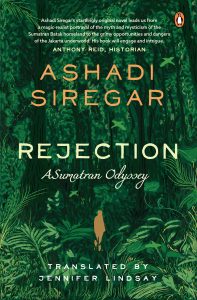
‘Translating is a mixture of slog and inspiration. It is an intense engagement with the language of the writer. To me, the creative part is in choosing words and phrases to reflect that language. After all, it can be done in many different ways. But, like Goldilocks, there comes to be one choice (on that particular day) that feels ‘just right’. That is the ‘aha’ moment, even though later you might change it when you edit. It is a deeply personal choice. I always pay great attention to the sound and rhythm of the original text. Sometimes I say it aloud as I work. How is the writer using the language, exploiting its possibilities? How can I reflect that?
When translating Rejection, I was very aware of the balance of Ashadi’s sentences, the poetry of his prose, and in the latter part of the book which has a different tone, the dialogue. In Rejection, Ashadi stretches the poetic narrative potential of Indonesian in a storytelling way. I learnt a lot about the Indonesian language from that. That is what translation is: learning.’
Watch Jennifer Lindsay talk about her journey while translating REJECTION here.
Click here to watch a special message from Ashadi Siregar for the new readers of his novel.
Danton Remoto, the translator of Filipino Classic novel BANAAG AT SIKAT (Radiance and Sunrise), shares how translations of classics can open it up to a whole new readership.
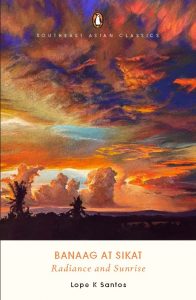
‘I translated a novel that was written in florid Tagalog and published in 1906. I kept in mind that I was translating an English version for the 21st century reader. Thus, I used brisk, Anglo-Saxon words in my translation to make the novel read faster. I also edited repetitive words, phrases and scenes in the novel to make the pages turn. Moreover, I translated the dialogues to make it appear as if the characters are speaking originally in English and not in the florid Tagalog of the early 20th century. I also used the English equivalents of words (java plum for duhat) because I did not want to have a glossary at the back of the novel that would make the reader flip from the novel to the glossary with every new Tagalog word he or she would encounter. I also did not want a translation of the meaning put as a footnote, since this would be distracting on the page. I aimed at giving a 21st-century rendering of an early 20th-century novel. I hope I have succeeded in doing so.’
Explore some more translated books from our list:
The Sea Speaks His Name
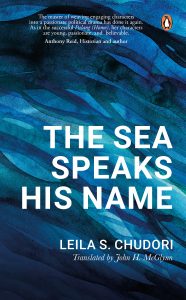
Genealogy of Kings

Prisna Volume 1
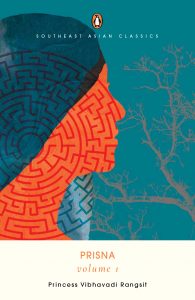
Prisna Volume 2
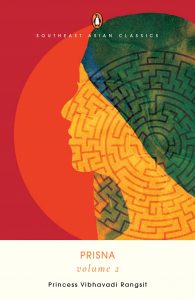
The Great Flowing River
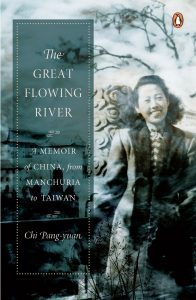
Chronicles of A Village

After Time

Migrantik

Keep an eye out for the following works of translation coming soon to bookstores near you:
The Preying Birds
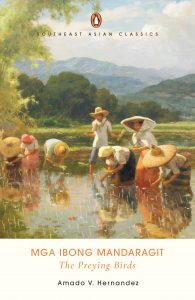
The Fabulist by Uthis Haemamool, translated by Palin Ansusinha
Table for One (Mesa Para Una) by Caro Saracho, translated by Sharmila Bhushan.
Add these translated books to your shelf today and explore diverse voices from Southeast Asia and beyond.
Happy reading!
By Garima Bhatt, Senior Executive – Marketing & Digital, Penguin Random House SEA.








